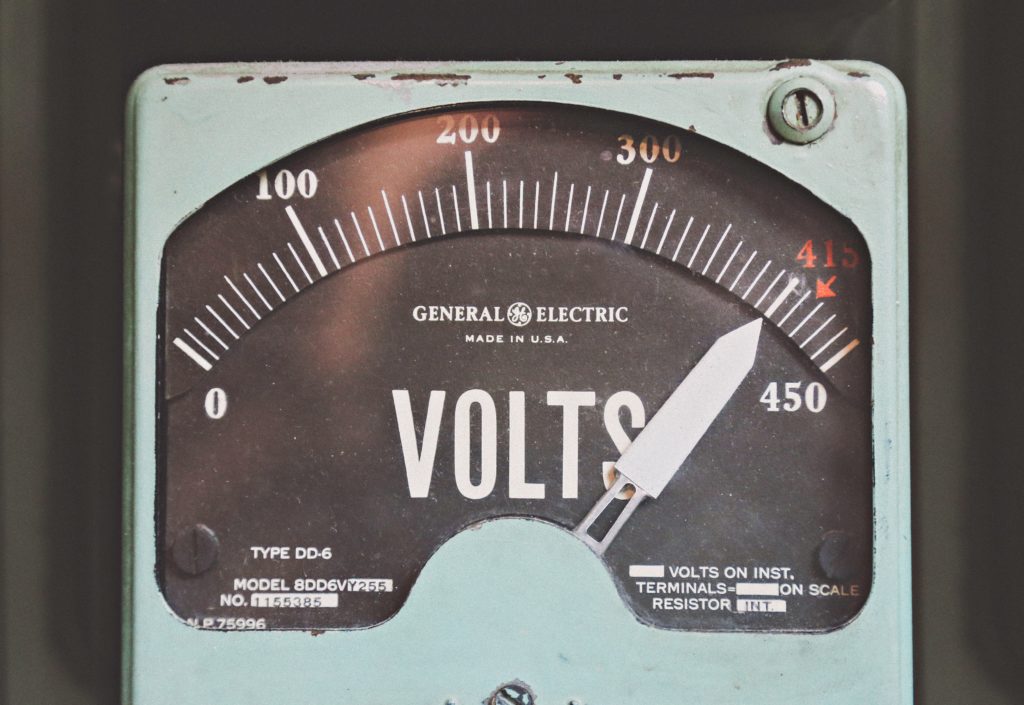
TENDER – Distributed energy production and self-consumption in the Nordics
Distributed electricity production and self-consumption is increasing as an alternative and a supplement to conventional, centralized electricity production. The proposal for a revised EU-directive on renewable energy (RED II) addresses…
Distributed electricity production and self-consumption is increasing as an alternative and a supplement to conventional, centralized electricity production. The proposal for a revised EU-directive on renewable energy (RED II) addresses self-consumption and renewable energy communities. More information about the development and effects of distributed electricity production and self-consumption in the Nordics (including non-EU countries Iceland and Norway) will be useful to governments and stakeholders. Negotiations on the amendment of the Renewable Energy Directive (RED) indicate that member states may have to report on self-consumption. The study could, in part, guide possible future reporting requirements.
Nordic Energy Research on behalf of The Working Group for Renewable Energy (AGFE) has recently published a tender for a study on; “distributed electricity production and self-consumption of renewable energy in the Nordics”
Tender document
Links to annoncements on TED and DOFFIN.
Main purpose
- establish an overview of the development of distributed electricity production and self- consumption in the Nordics.
- analyse and describing the effects of such developments on system integrity, production volumes and profitability.
- identify national and/or common Nordic challenges or barriers to increased self-production and consumption of energy.
Objectives
- Give an overview of existing relevant studies.
- Describe the size of distributed electricity production/self-consumption in the Nordic countries, historical growth and future growth scenarios.
- Describe the different regulations/policies in the Nordic countries towards distributed electricity production/self-consumption and to what extent this issue is covered in national energy and climate strategies.
- Review of a legal frameworks, tax and support schemes concerning distributed electricity production and self-consumption in Nordic countries.
- Describe the effects of distributed electricity production/self-consumption, in particular, describe the effects of distributed electricity production/self-consumption in a predominantly renewable electricity system (Nordic) vs. a predominantly fossil-based electricity system.
- Assess the importance of local storage in relation to distributed electricity production/self- consumption (batteries, local thermal storage, storage in car batteries).
- Identify national and/or common challenges or barriers to a sound development, such as legal frameworks, grid impact, tax and incentive schemes, reflecting on current status and also deployment since 2005.
